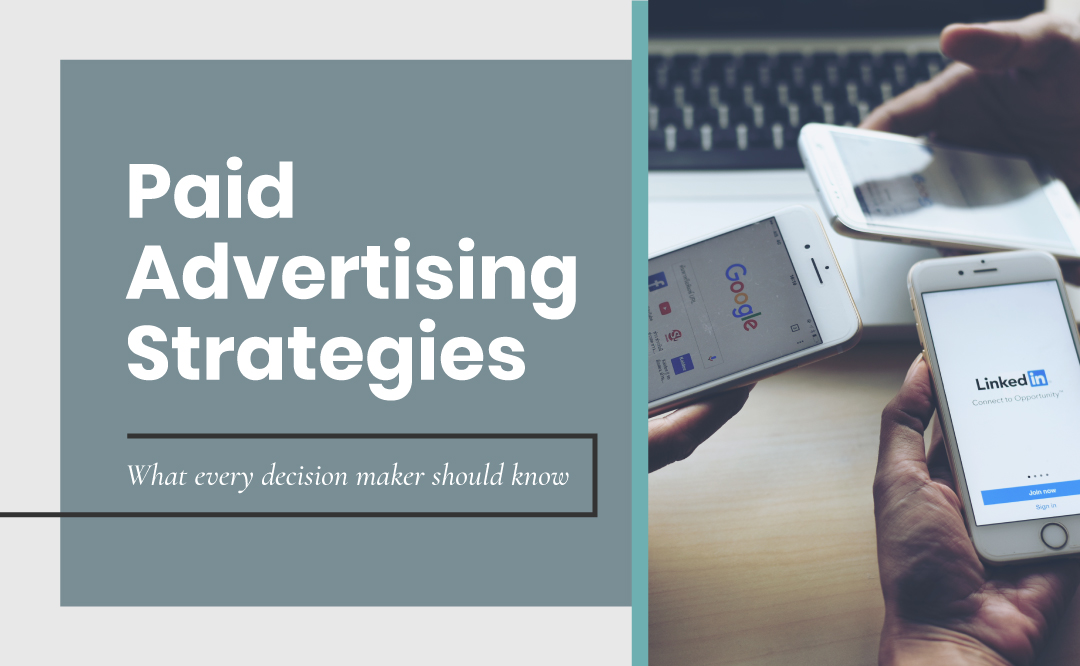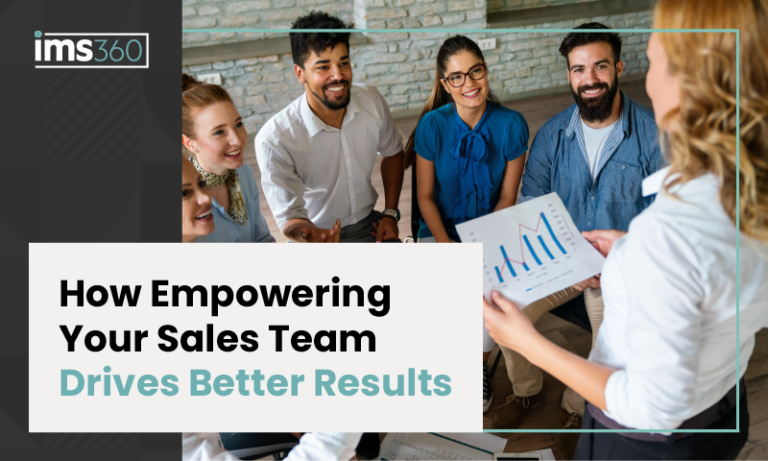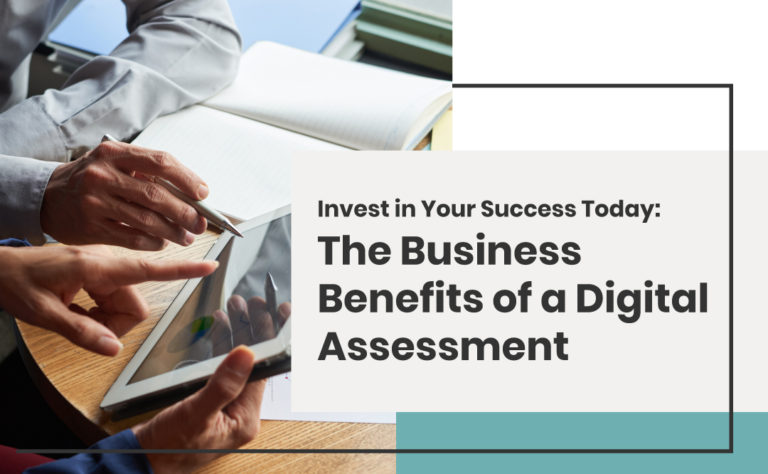Digital media advertising isn’t just for athleisure brands or food delivery services. Ads have become a viable avenue across industries to increase website traffic, accelerate conversions, and obtain higher quality leads. Whether it be search or social, paid ads help you rise above the noise to deliver some big returns in terms of new customers, wider brand awareness, and a digital presence that speaks for your brand.
In a 2022 survey, CMOs revealed that they invested 14.5% of their marketing budget in social media marketing. And according to Hubspot, “Google is the most used search engine, receiving over 5 billion search queries daily.”
Paid vs Organic
Paid ads allow you to specifically target audiences, instead of waiting for them to find you organically. Organic ads—the free content you post on your social pages—or organic searches on Google—think of your website SEO—are being outsmarted by algorithms, meaning their reach is much shorter, though it’s still a very valuable tool for marketing (see Point 1 below). Paid ads enable you to break through algorithms and connect with audiences that are specifically looking for your products and services.
Four Ways to Optimize Your Paid Ads
Stop wasting your time and budget and get greater return on your ad spend using these 4 best practices.
1. Feed organic to fuel your paid ads
For users ready to buy, paid ads on Google get 65% of the clicks.
Organic ads and searches capture interest at the top of the funnel, building relationships with your audience and driving awareness of your brand. Both ensuring your website has the right keywords for SEO and providing consistent organic social posts help you gain interest and tell your story to a broad audience. Pairing that with paid ads enables you to create more targeted experiences that move prospects down the funnel, driving qualified traffic to your website.
2. Get to know your target audience
4 out of 5 LinkedIn members drive business decisions.
Don’t guess, know for sure who your audience is, where they’re located, their pain points, how you can solve those challenges, and what drives their purchasing decisions. With this information, you can target your audience, using specific demographics, such as:
- Location and search phrases – Google
- Industry and job title – LinkedIn
- Age and interests – Facebook and Instagram
The next step is to align your creative content with each stage of their customer journey—from banners and copy to your landing page. This increases the relevance of your messaging and targets more specific audience segments.
3. Use data to make the most of your budget
Data is critical for making strategic decisions and knowing which campaigns work. Using data effectively can help you allocate the right spend for every stage of your funnel, boosting brand awareness and nurturing your relationships with customers. Comparing your performance against industry benchmarks gives you a clear view into if you need to revise your content or list to meet your targets.
Give your ad some time to show what it’s worth. Experts suggest waiting 10 days to 2 weeks to make any changes.
4. Walk the customer journey
You need to speak your audience’s language at each stage of their journey. They’re looking for different information at each stage of the purchase-consideration process, so be sure to reflect that in your ads. Align that messaging across other channels, such as landing pages and emails. You can even use themes that drive engagement organically to expand their impact in paid ads.
Ready to add paid advertising to your marketing strategy?
IMS360 can help you:
- Determine how best to use your marketing budget
- Create impactful custom content ads
- Set up and manage your campaign
- Provide detailed reporting to showcase your results
Explore our Ads-as-a-Service offering more or schedule time to learn how IMS360 can help incorporate paid advertising to your marketing strategy.



